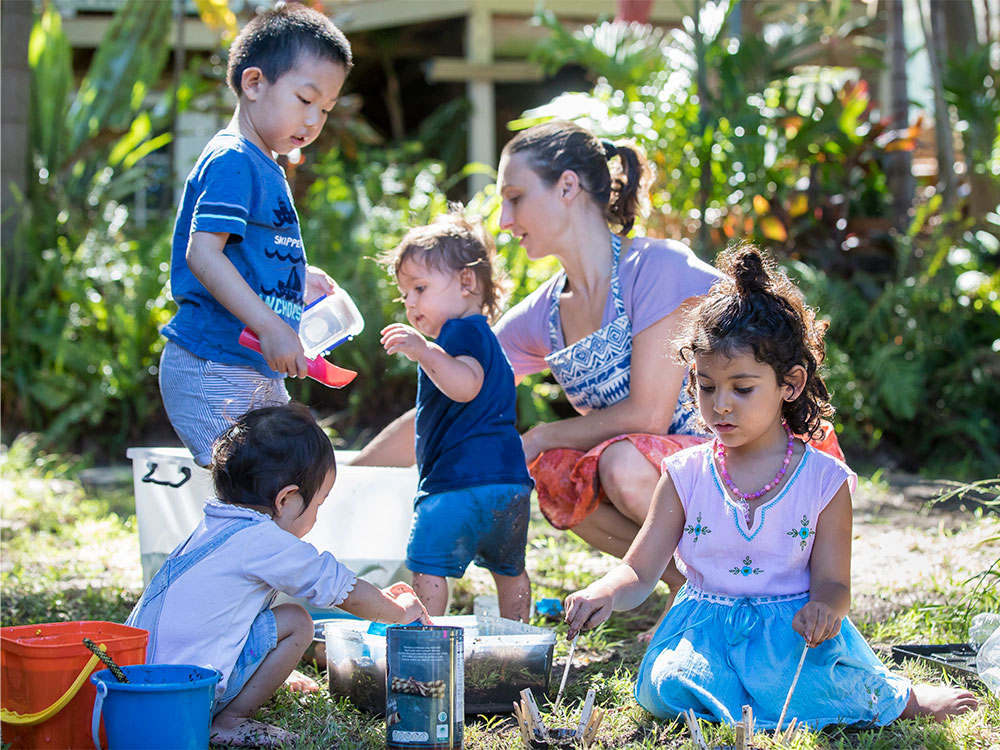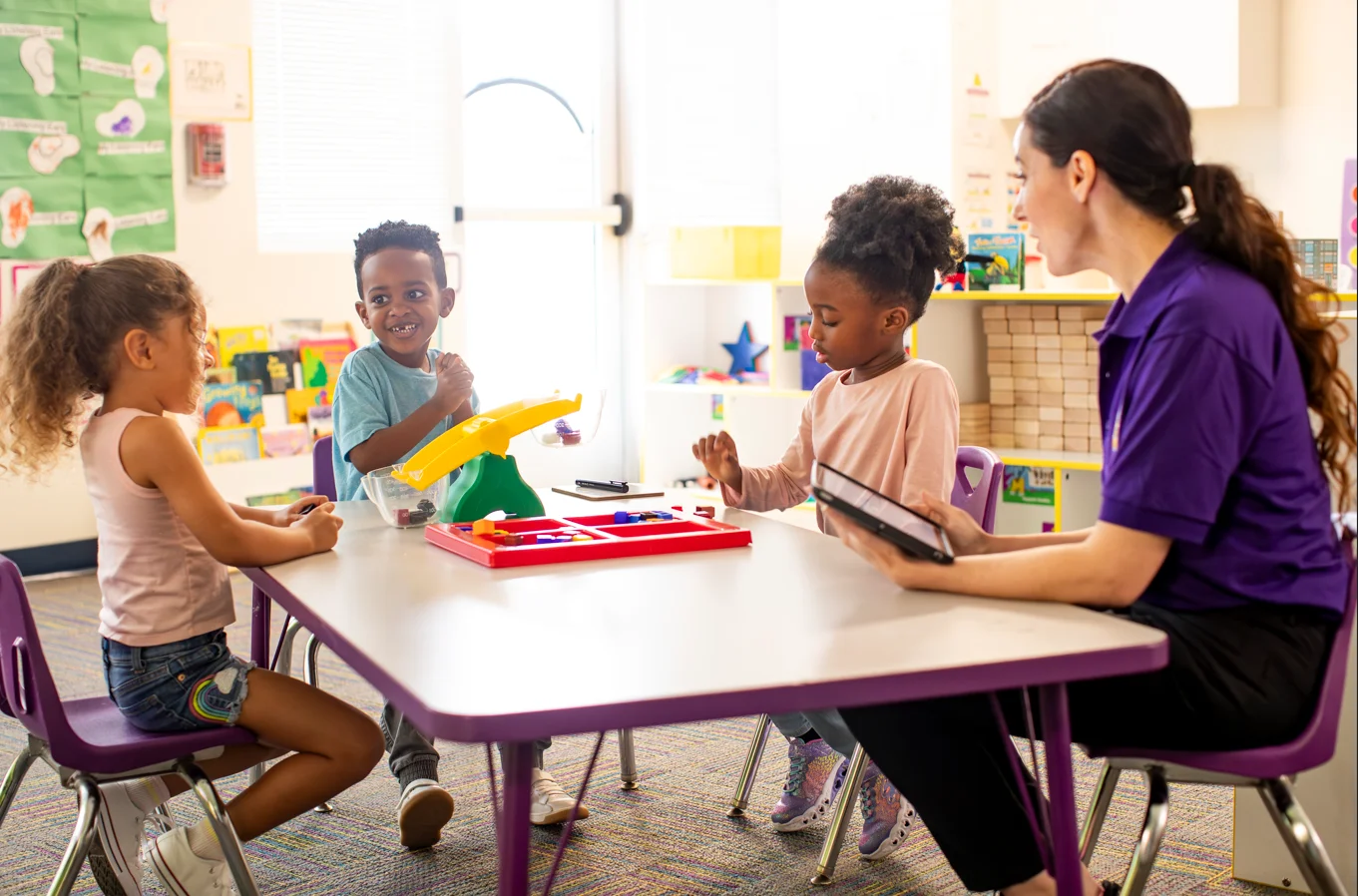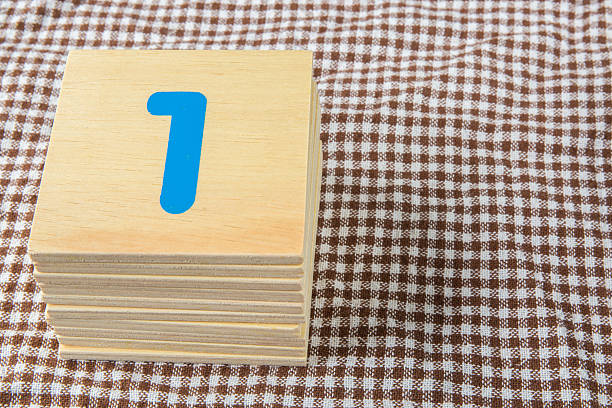Children need adults who can guide them, teach them, and help support their learning and growth. We providers have a key role to play in helping children behave in a positive, supportive, and age-appropriate way. The best ways to guide children’s behavior vary depending on their age and developmental needs. Two-year-olds, for example, have limited understanding and require a lot more redirection. However, five-year-olds can be taught to solve problems. The personality of the child is also important in determining effective guidance strategies. The strategies that work for one child might not work for another child at the same age.
Common Strategies For Guiding Children’s Behavior In Child Care Settings.
Here are some tips that we providers should use to guide the behavior of children. Different strategies are best suited to different ages.
- Keep the rules simple to make them easy to understand: Write down the rules you discuss with your children. Take into consideration the suggestions of children when deciding on rules. Repeat the rules frequently. Some rules that are good for children include:
- Help each other.
- Look after our toys
- Please and thank you.
- Be kind to one another.
- Say what you really mean: When possible, use “do” rather than “don’t.” Select your words carefully when you’re guiding the behavior of children. Keep your sentences simple and short. Keep your sentences short and simple. What to do, rather than what to avoid. Instead of saying, “stop running,” try saying, “slow down and walk.”
-
- Say, “Come and hold my hand,” rather than “Don’t touch anything.”
- Instead of saying, “Don’t climb the table,” try saying, “Keep your feet on the floor.”
- Instead of saying, “Stop screaming,” try saying, “Use your quiet voice within.”
- Don’t talk “at” children: They will not pay attention if you speak (or shout) “at them.” It is more effective to guide children when you speak at their level. Talk to them, look them in the eye, and touch their shoulders. Refrain from lecturing. Give children the time to respond and to listen to their views.
- Be a good role model: Your children are always watching you. Children watch how you interact with other children and adults. They watch how you deal with frustration or anger. They observe how you handle sadness and happiness. Listen to your “I’m Sorry” expressions. Children learn a lot from the way they deal with life’s ups and downsides.
- Encourage your children to be good role models for one another: They can also learn from each other. Encourage children to play together, share, and be kind.
- Make clear and simple choices: Toddlers may choose between a cup in red or a cup in green. Preschoolers have the option of playing either “airport” or “zookeeper.” Only give children a selection when they have a choice. Saying, “It’s nap time. Do you want to lay down now?” is an example. If your rule states that everyone must rest during nap time, this isn’t an option.
- Respect children: Do not talk to children in public about their misbehavior. Discuss with them the reasons behind the rules and what they can change.
- Catch children being good: All children want attention. Positive attention is more important than negative attention. Every day, say something positive about every child. Even better, try to do it several times per day. Share the good news. Mention positive things that children do to their friends and parents.
- Instead of cheerleading, encourage like a coach: Cheerleaders just yell general praise. Or “What a lovely picture.” Good coaches will tell you what you are doing well, use praise to teach, and let you know why they are proud of you. You might tell a child, “You did a great job setting the tables!” You remembered to put the forks and spoons in the correct place, and you also remembered the napkins! You might say, “This child’s work is awash with color.” You used red, orange, yellow, green and blue. Tell me how to do this! See The difference between praise, encouragement, and guiding children’s behavior to learn more.
- Play activities can be used to teach children social skills: Be a character and demonstrate good manners to children. Children’s books can be used to show children how they solve problems. Play “what-if” games. Encourage children to act out how to work together.
- Teach your children to solve conflicts and problems: Helping them identify and name their feelings, come up with ideas for solving problems, and test possible solutions. Check out the article How Child Care Providers Can Teach Young Children Conflict Resolution for more information.
- Teach your children to apologize: It is important to learn how to apologize. By the age of 4, children should be able to understand another child’s emotions. Keep it simple. (Example: “Lucas, I’m so sorry I hit you.”) After some time, children won’t need prompting and will apologize more honestly. Teach children in preschool and elementary school the four steps to apologizing. Look at the other child.
- The child’s name should be said.
- Say, “I am sorry.”
- Say Why
- Show children how to correct misbehavior: Give a broom to a child who throws food on the floor and teach him how to clean up. Give a child a damp cloth to clean a wall if she has drawn on it. Even if a child can’t clean up all the mess by himself, helping him clean it up teaches that his actions do have consequences. Over time, experiencing consequences helps children learn self-control. For more details – https://childsplayunlimited.co.nz/




